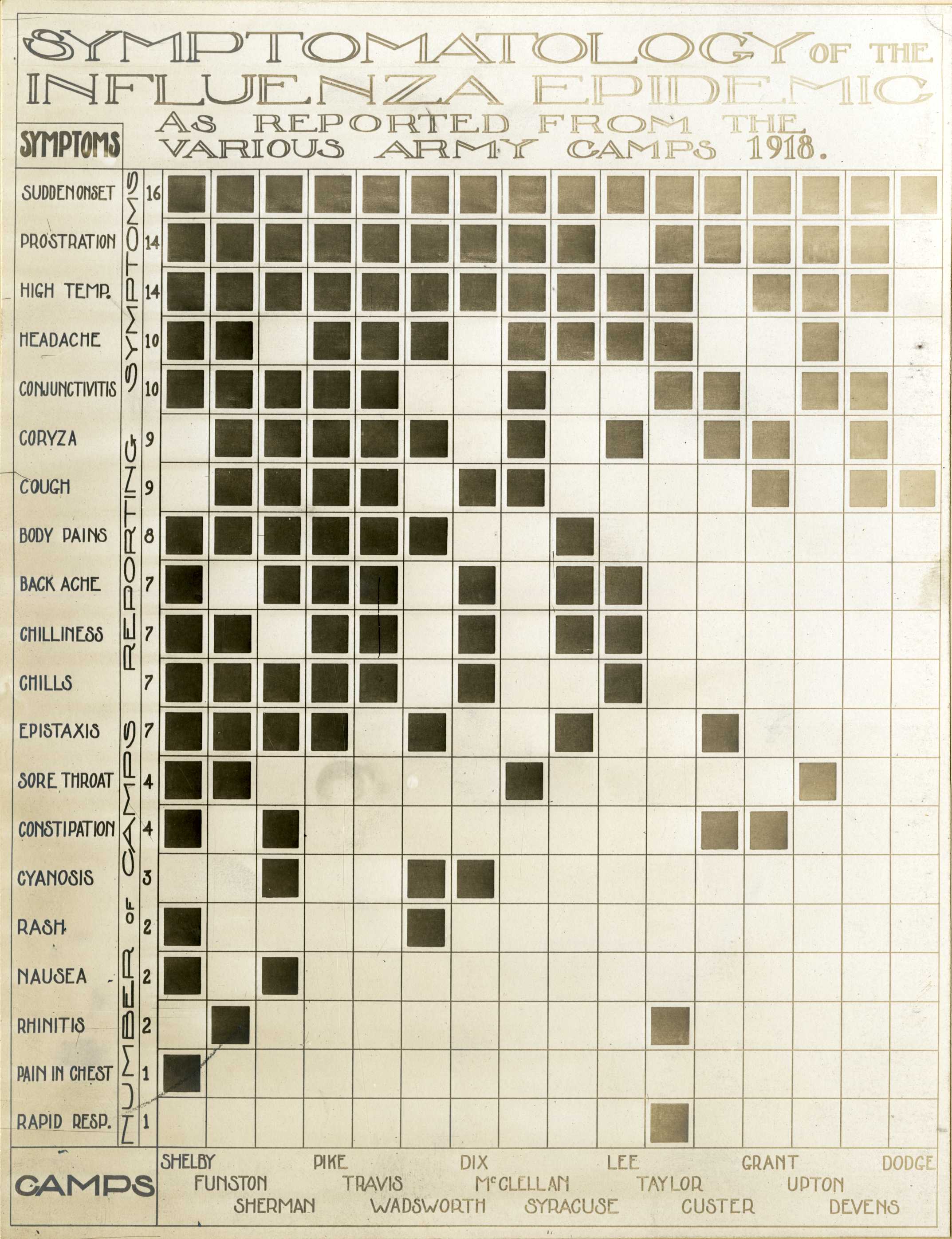
Photo from academic.microsoft.com
Members of the genus Campylobacter remain a leading cause of bacterial gastroenteritis worldwide. Infection is usually self-limiting but in severe cases may require antibiotic treatment. In a recent statement by… Click to show full abstract
Members of the genus Campylobacter remain a leading cause of bacterial gastroenteritis worldwide. Infection is usually self-limiting but in severe cases may require antibiotic treatment. In a recent statement by the World Health Organization (WHO) Campylobacter was named as one of the 12 bacteria that pose the greatest threat to human health because they are resistant to antibiotics. In this mini review we describe recent trends in fluoroquinolone (FQ) (particularly ciprofloxacin) resistance in strains of members of the genus Campylobacter isolated from livestock and clinical samples from several countries. Using evidence from phenotyping surveys and putative resistance prediction from DNA sequence data, we discuss the acquisition and spread of FQ resistance and the role of horizontal gene transfer and describe trends in FQ-resistance in samples from livestock and clinical cases. This review emphasises that FQ resistance remains common among isolates of members of the genus Campylobacter from various sources.
Journal Title: Microbial Genomics
Year Published: 2018
Link to full text (if available)
Share on Social Media: Sign Up to like & get
recommendations!